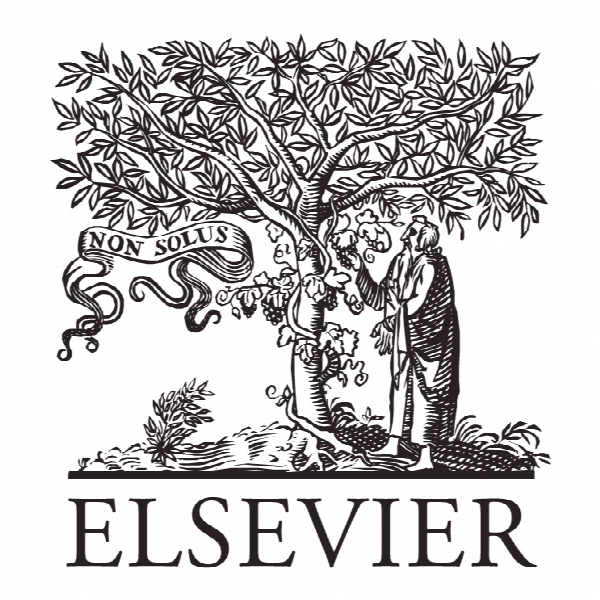مشارکت عوامل در کار گروهی پرستاری در یک بیمارستان مراقبت های حاد Factors contributing to nursing team work in an acute care tertiary hospital
- نوع فایل : کتاب
- زبان : انگلیسی
- ناشر : Elsevier
- چاپ و سال / کشور: 2018
توضیحات
رشته های مرتبط مدیریت، پزشکی
گرایش های مرتبط مدیریت اجرایی، پرستاری
مجله همکار – Collegian
دانشگاه St George Hospital – Centre for Research in Nursing and Health – Australia
شناسه دیجیتال – doi https://doi.org/10.1016/j.colegn.2015.09.002
منتشر شده در نشریه الزویر
کلمات کلیدی انگلیسی Nursing teamwork; Communication; Team leadership; Shared mental model
گرایش های مرتبط مدیریت اجرایی، پرستاری
مجله همکار – Collegian
دانشگاه St George Hospital – Centre for Research in Nursing and Health – Australia
شناسه دیجیتال – doi https://doi.org/10.1016/j.colegn.2015.09.002
منتشر شده در نشریه الزویر
کلمات کلیدی انگلیسی Nursing teamwork; Communication; Team leadership; Shared mental model
Description
1. Background The International Council of Nursing (ICN) recognises that health systems reforms are underway in all parts of the world (International Council of Nursing, 2010). The delivery of effective, high quality and safe nursing care has attracted much attention internationally (Valentine, Nembhard, & Edmondson, 2011) and more locally in Australia (O’Connell, Duke, Bennett, Crawford, & Korfiatis, 2006). In contemporary clinical practice, team nursing has become the widely accepted model forthe delivery of patient care. Whilstthere is a broad consensus of what team work entails, several nursing teamwork definitions and conceptual frameworks are reported in the literature. Team work is considered to be a dynamic process encompassing an interplay of several factors (Xyrichis & Ream, 2008) inherently complex and too difficult to be defined by a single definition (Mickan & Rodger, 2000; O’Connell et al., 2006). Salas et al. uses a conceptual model to frame five core elements of teamwork including team leadership, backup behaviour, adaptability, team orientation, and mutual performance monitoring supported by a circle of mutual trust, closed loop communication and shared mental models (Salas, Sims, & Shawn Burke, 2005). Kalisch et al. adapted Salas’s conceptual framework and identified significant factors associated with nursing teamwork that formed the basis of a validated nursing teamwork survey (NTS) (Kalisch, Lee, & Rochman, 2010). The key factors identified to positively influence teamwork by Kalisch et al. include trust, team orientation, back up, shared mental model and team leadership (Kalisch, Weaver, & Salas, 2009; Kalisch & Lee, 2009). Although the various factors influencing team work are well established organisational structure, individual contribution and team processes play a fundamental role in team work (Mickan & Rodger, 2000). The benefits of effective teamwork for both patients and nurses are well documented. For patients team work has been demonstrated to improve patient safety, reduced errors (Institute of Medicine, 1999; Leonard, Graham, & Bonacum, 2004; Nadzam, 2009) and reduce mortality (Wheelan, Burchill, & Tilin, 2003). For nurses, teamwork increases job satisfaction, staff retention (Kalisch et al., 2010; O’Connell et al., 2006) and enables a range of nursing skills and expertise to effectively and efficiently deliver high quality patient care (O’Connell et al., 2006; Wheelan et al., 2003). In addition team work provides adequate supervision and/or mentoring of less experienced nurses (Fairbrother, Jones, & Rivas, 2010; Ferguson & Cioffi, 2011; Nelsey & Brownie, 2012). In contrast, dysfunctional teams increase conflict, increase absenteeism, reduce performance and job satisfaction (Carver & Candela, 2008; Duffield, Roche, O’Brien-Pallas, Catling-Paull, & King, 2009). In the last decade Australia has experienced an increase in patient acuity, a shortage in nurses, a diverse skill mix, a poor retention rate of new graduate registered nurses (Nelsey & Brownie, 2012) and have an ageing nursing workforce The observed changes to the health care sector and to the nursing workforce prompted a review of the way nursing care was being delivered (O’Connell et al., 2006) in the public health care sector. Models of nursing care shifted from a model of patient allocation to a team nursing model of care where a small team of ward based nurses collaborate to provide all care to a patient group (Ferguson & Cioffi, 2011; Garling, 2007; Chiarella & Lau, 2006; Walker, Donoghue, & Mitten-Lewis, 2002, 2007).


